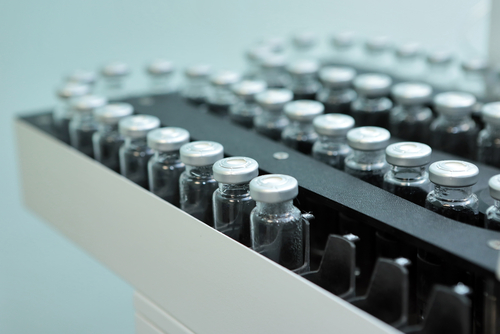Production of Cystic Fibrosis and COPD Bacteria-killing Therapy AB569 Is on Track for Phase 1 Trial

One of the preparations for clinical trials is producing enough of the therapy to be tested.
Arch Biopartners says the production of its treatment for antibiotic-resistant bacterial infections in cystic fibrosis and COPD is on track for the start of a Phase 1 clinical trial later this year.
Its partner, Dalton Pharma Services, is producing three dose levels of AB569 for the study, which will test the therapy’s safety in healthy volunteers, according to a press release.
In preclinical-trial studies, AB569 demonstrated punch against drug-resistant bacteria, killing many types of the pathogens.
The inhaled therapy can be used alone or in combination with approved treatments for CF and COPD patients with reduced lung function due to bacterial infections, including Pseudomonas aeruginosa.
AB569 is composed mainly of two compounds — ethylenediaminetetraacetic acid (EDTA) and sodium nitrite (NaNO2) – that the U.S. Food and Drug Administration has approved for other diseases.
Arch and Dalton announced an AB569 production partnership in May. Dalton is in the midst of preparing the different dose formulations necessary for the clinical trial kits.
The trial will be at the Cincinnati Veterans Affairs Medical Center. Dr. Ralph Panos, a world-renowned COPD expert who is the center’s chief of medicine, will lead the study. It will evaluate the safety and biochemical response of a single administration of nebulized AB569 in healthy volunteers.
Arch expects the therapy that Dalton is producing to pass government-mandated quality tests in time for the start of the trial.
Success in the Phase 1 study is expected to lead to a Phase 2 trial of AB569’s effectiveness in patients with COPD who have chronic P. aeruginosa infections.
The FDA has granted AB569 orphan drug designation as a treatment of CF patients with P. aeruginosa infections. It received a similar designation from the European Medicines Agency.







